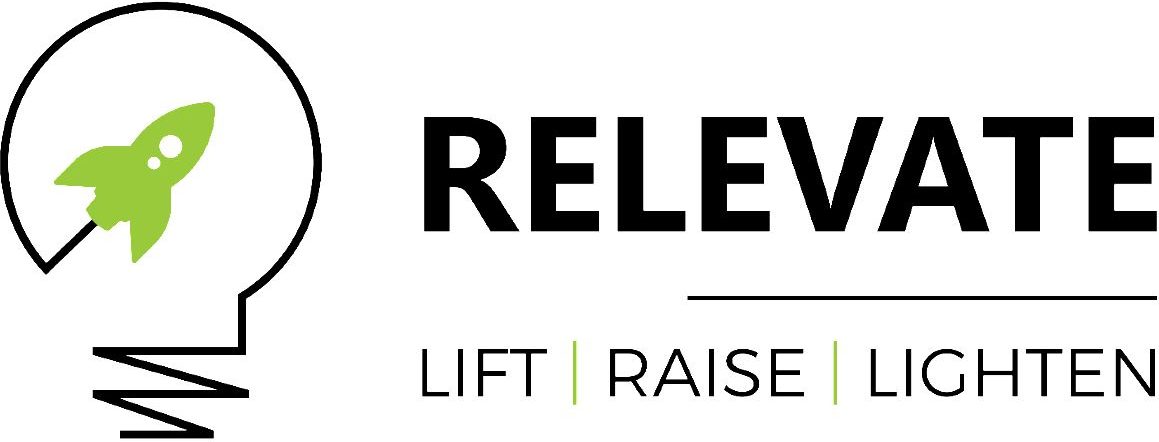We assume that closing comes before prospecting, but the two commitments you need to create an opportunity are: the commitment of your prospect to explore working with you (their time) and their commitment that you’ll follow up with them (their interest in working with you). Unfortunately, both are becoming more and more difficult to get.
Globalisation, the Internet, and a few severe recessions have all played major roles in reshaping the business landscape over the last two decades. Our sales strategy has had to be completely rethought as a result.
As a result of globalisation, we now have to compete with each other on a global scale. “The only game in town” no longer holds true when the “town” in question encompasses the entire globe.
Get it now: A Free Template for a Sales Conversion Rate Calculator.
The Internet has shifted the balance of power in the world. The Internet has given buyers access to more information and a wider range of options than ever before. When buyers don’t believe you’re treating them fairly, it’s easier for them to find someone who looks like you to sell them what they need than it is for you.
Australia has just gone through a decade that began and ended with major recessions, has only made matters worse. These downturns prompted companies to cut costs to stay afloat, a practise that continues today. A shift in power has occurred, and salespeople now have to deal with customers who are more concerned about price than they were previously. This new buyer psychology is what I call it “the “post-recessionary stress disorder.” ” Because of this, everyone focuses on the price rather than the costs.
It’s more difficult to create opportunities, but you can’t get anything done without them. That’s why you need a prospecting strategy in place. ‘ If you don’t put your plan into action, it’s pointless. Prospecting can be prioritised in the following ways:
1) Prioritize prospecting
Prospecting can’t be rushed. It’s got to be something you do every day. Schedule this activity into your schedule on a daily basis.
2) Be steadfast in your pursuit of excellence
You have no way of knowing when your ideal client will become dissatisfied with his current situation to the point where he decides to seek out a new opportunity. For years, you may have called every week to request a meeting only to be denied each time.
However, as soon as the prospect is even slightly unsatisfied, your request will be granted. As long as you don’t know when it will happen, you can’t go away. No matter what, keep calling your ideal clients.
3) Take a different tack
Salespeople tend to use the method that is most familiar to them when prospecting. It’s not always the best way to communicate with your potential customers.
As a result, you must make use of each available channel in order to get a response. Even if you’re young and loathe cold calling, this applies to you. Even if you have a few grey hairs and aren’t all that interested in these new tools for communication, Linkedln and other social media are included. Find out what works best for each individual customer by using all of your resources.
4) Distinguish between prospecting and research
Trying to do both research and prospecting at the same time slows you down. By conducting research on your own, you’ll be able to move more quickly. Make a list of your ideal clients and the people who could help you get in touch with them. You should then, and only then, begin prospecting. If you need to conduct additional research, do so and then get back to the business of connecting.
5) Get rid of anything that could be a source of distraction
Turn off your e-mail, the Internet, and your smartphone when you’re prospecting. Focus. It’s time to tell your friends and coworkers that you’ve found a new level of discipline and that you’ll be catching up with them in the future.Put a “DO NOT DISTURB!” sign on your door. PROSPECTING! If you don’t have a door, you can hang this sign from your desk with a piece of string. Your results will be better and faster if you are more focused on prospecting.
6) Customize the strategy to fit your personality
Observing what other salespeople do is not an accurate way to determine how much effort you should put into prospecting. An experienced salesperson I know easily closes 40% of the people she meets. The combination of her approach, product, price, and other factors is not the same as his, and if someone else made as few calls as she did, he would most likely fail.
You have to put in the time and effort that is required of you. Do what needs to be done, and don’t stray from your course of action. Don’t worry about what other people are doing.
7) Keep your eye on the prise
Prospecting has its ups and downs, but the goal is always the same: getting a meeting. Know that if you keep going, you’ll get those meetings.
Prospecting isn’t always the most important thing you can do. To make matters worse, there is always more work to be done than there is time to do it. Prospecting doesn’t appear urgent until it becomes so. Unfortunately, it’s too late to do anything about it once you urgently need to prospect. Without a doubt, prospecting calls for a great deal of self-control. Self-control, on the other hand, is essential for both professional and personal success.
If you don’t do enough prospecting, you won’t meet your goals. As a result, you must prospect frequently enough to maintain a steady flow of leads, even if some of those leads don’t pan out. The discipline of sales champions is prospecting.








